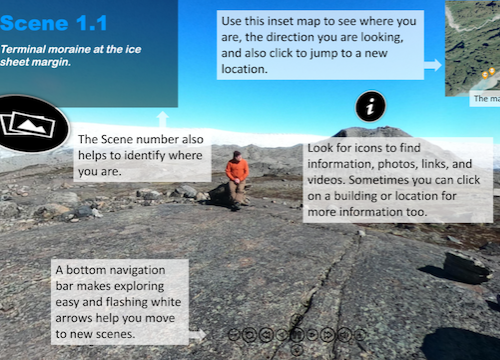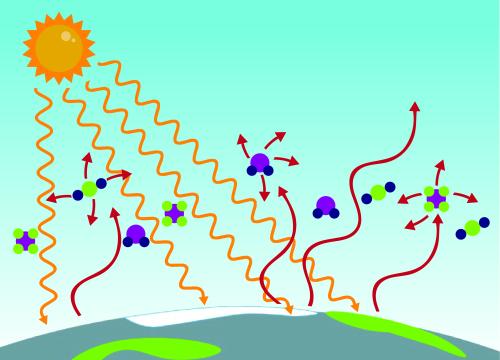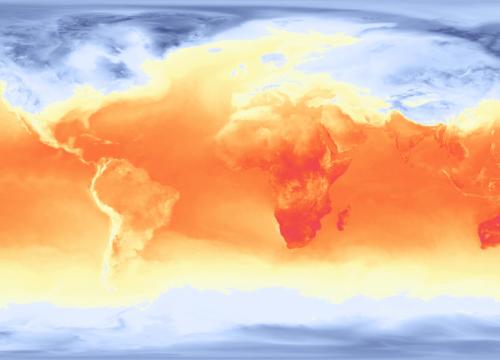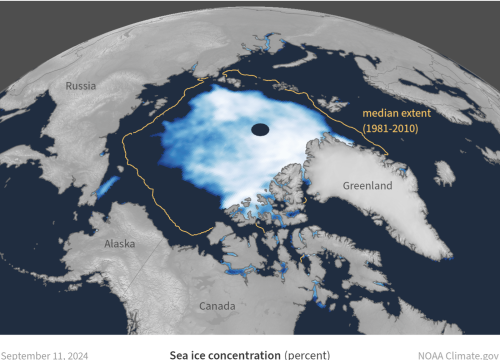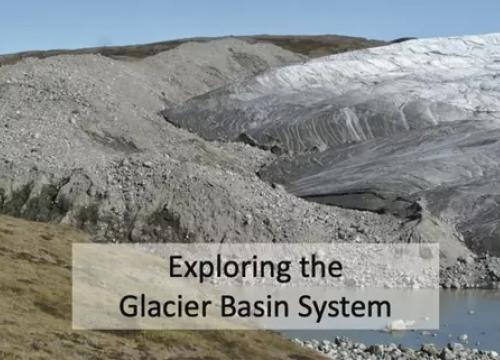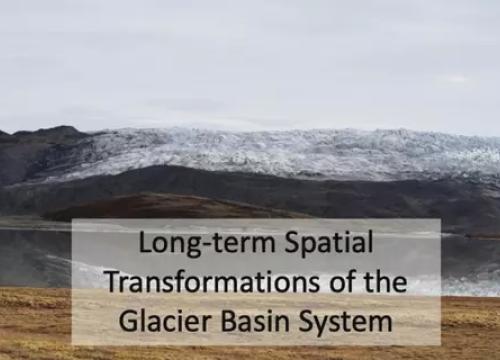Sea Surface Temperature Anomaly - El Niño
Most of the time, ocean temperatures stay fairly stable. But sometimes, subtle changes can have big impacts. Anomaly maps help us see the difference between what’s typical and what’s unusually warm or cool. In this lesson, students will examine Sea Surface Temperature Anomaly maps to track a major shift off the western coast of South America—from warmer-than-average waters during El Niño to cooler-than-average waters during La Niña.
Context for Use
In this short activity, students will strengthen their critical thinking skills by carefully observing the data, forming ideas, and backing them up with evidence.
While this activity encourages deeper observation and inquiry, it also connects to topics like ocean warming, thermal dynamics, weather patterns, tropical cyclone formation, and climate change. If you’re covering any of these, this could be a great addition to your unit!
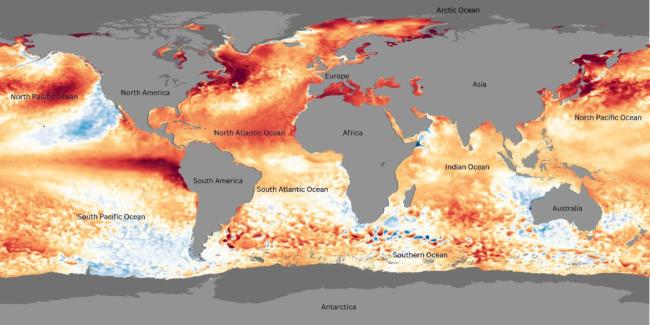
Sea Surface Temperature Anomaly Map - temperature difference from normal during an El Niño year.
Goals Header
What Students Will Do
- Students will strengthen their critical thinking skills by carefully observing the data, forming ideas, and backing them up with evidence
Teaching Materials
Description
Time required: 10-20 minutes





